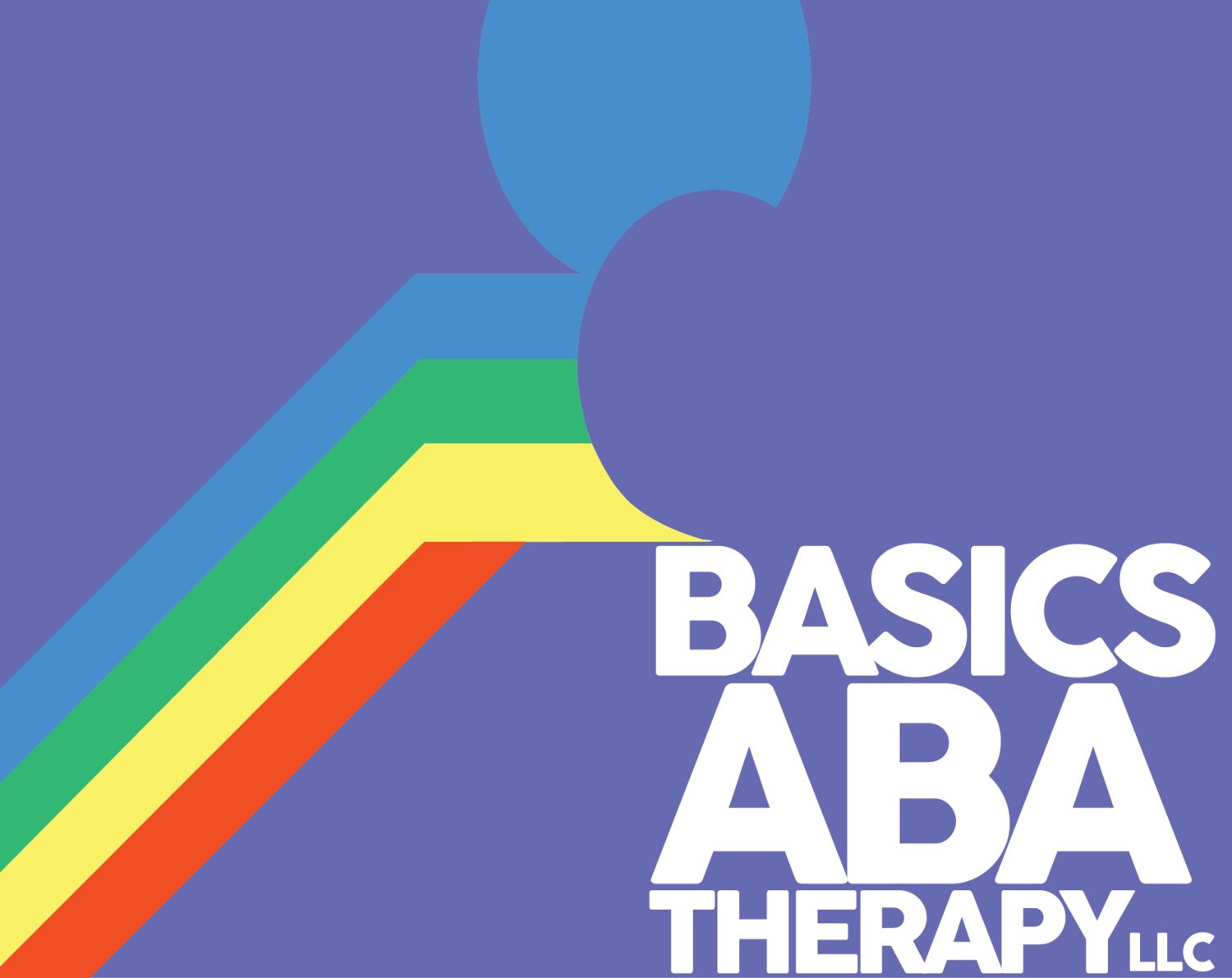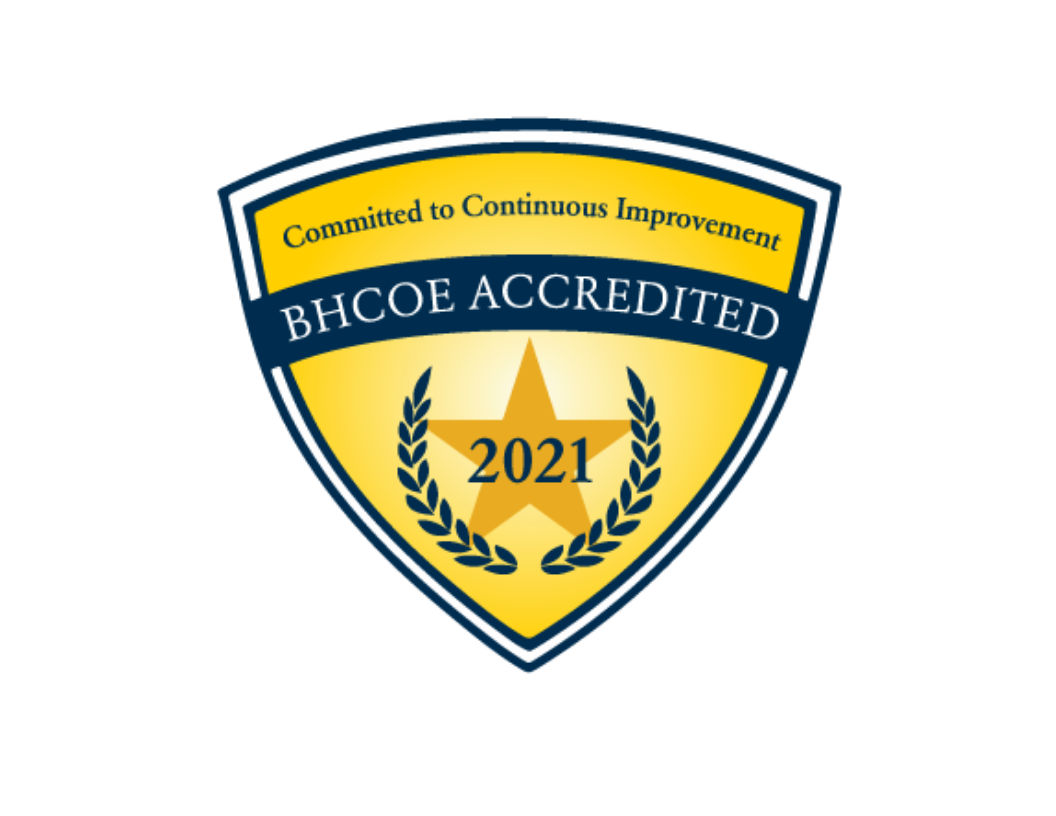Applied Behavior Analysis (ABA) is an evidence based method of working with people with Autism. It works under the premise that people engage in behavior for a reason and that reason is related to what has happened in the past when they engaged in that behavior. The 4 most common reason people engage in behavior (functions) are for Attention, Access to something, Escape, or Sensory/Self Stimulation. There is also something called a Setting Event which makes it more of less likely that an antecedent will elicit a behavior.
Traditional ABA looks at behaviors as part of a chain. The first part is the antecedent which happens right before a behavior. Then comes the behavior (something we can observe and measure) and then the consequence. For example: Jack sees a cookie (Antecedent). Jack yells “COOKIE!” (behavior). Someone gives Jack the cookie (consequence). A setting event that would make this more likely to occur could be that he missed breakfast. A setting event that could make this less likely to occur could be that last time he ate this type of cookie he threw up)
When ABA is used to remove the screaming behavior and replace it with a more effective behavior the following process takes place:
We determine what the need is (ACCESS to cookie)
We teach the child a new way to get the need met (Say “Cookie please” in a calm voice)
We no longer allow the child to get the need met in the ineffective way (We do not give a cookie for screaming)
We teach any missing foundational skills. (Eating broccoli)
This method is very effective with most people. However, it does not work well with children who have experienced trauma. Since ABA doesn’t work with thoughts or emotions, dealing with trauma has been something BCBAs rarely do. However, BASICS is looking at trauma as a setting event (that thing that makes it more or less likely that an antecedent will cause a behavior).
So, if Jack experienced early food deprivation, that may make him more likely to scream for cookies when he sees a cookie. So, our intervention can not only including asking for a cookie calmly but must include something to help ease the effects of the setting event. In this case, I may recommend a bowl of fruit that the child has free access too and maybe a schedule of meals. I may build cookies into the routine with a visual schedule or advise the parent to keep the cookies out of sight.
When looking at trauma as a setting event, ABA providers can meet the needs of a whole subset of children that we currently do not serve well. I am looking forward to being a pioneer in this type of therapy and working on several research models to demonstrate how well it works. So far we have been successful in the approach and hope to continue this work.
By: Saundra Bishop




